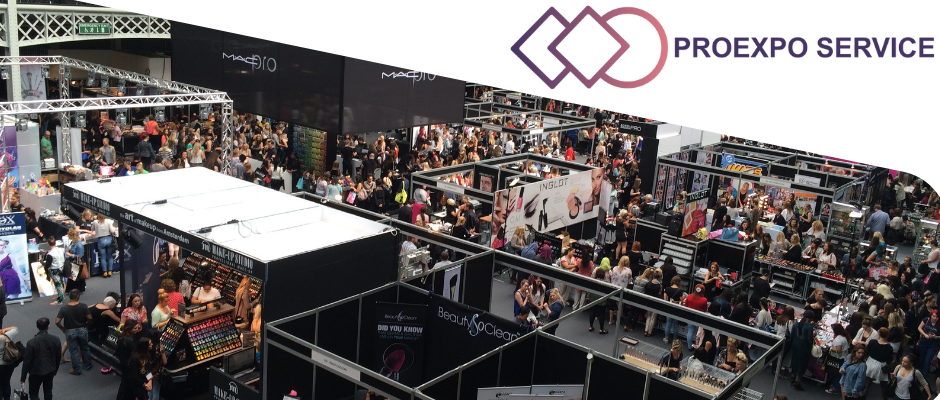Trade shows are one of the most powerful ways to showcase your brand, connect with potential clients, and stay ahead of your industry competition. But before you step onto the trade show floor, you need one essential element: your trade show booth. The booth is your brand’s first impression and serves as a representation of how you want to be seen by potential clients, partners, competitors, and even employees. Here are the main things you need to know to make it count.
Types of Trade Show Booths
Trade show booths come in various formats, depending on your goals, budget, and space requirements. The main types include:
- Inline Booths: Also called “linear booths,” these are usually 10x10 or 10x20 feet and are arranged in a row. They are cost-effective and suitable for smaller setups.
- Corner Booths: Positioned at the intersection of two aisles, they offer extra visibility and design flexibility.
- Island Booths: Large booths accessible from all sides, ideal for big brands wanting maximum exposure and creative designs.
- Peninsula Booths: Positioned at the end of an aisle, these allow access from three sides and offer high visibility.
- Pop-Up Booths: Portable and lightweight, pop-ups are perfect for companies that attend multiple events a year.
Booth Design Essentials
Your booth design is critical to attracting visitors. Consider these elements:
- Branding: Your logo, colors, and messaging should be consistent and immediately recognizable.
- Layout: Ensure a clear flow for visitors, with space for demonstrations, seating, or consultations.
- Visual Appeal: Eye-catching graphics, lighting, and multimedia displays make your booth stand out.
- Interactive Elements: Touchscreens, VR demos, or gamification can engage visitors longer.
Choosing the Right Location
Location can make or break your trade show success. A well-situated booth is important if you want to be noticed, but don’t forget that just standing next to it or behind the counter is not ideal either. WALK.THE.FLOOR. Here’s what to consider:
- High-Traffic Areas: Near entrances, main aisles, or food courts usually get more foot traffic.
- Competitor Proximity: Position yourself close to complementary businesses, but avoid being overshadowed by major competitors.
- Accessibility: Ensure your booth is easy to enter, navigate, and exit.
Pre-Show Preparation
It's important to prepare accordingly. Trade shows require a significant investment, whether monetary or time-wise. Wasting the efforts and the opportunity by not being ready is demotivating and counterproductive. Don’t leave anything to chance:
- Marketing Materials: Bring brochures, business cards, branded swag, and digital presentations.
- Staff Training: Your team should be knowledgeable, approachable, and able to engage visitors effectively.
- Lead Capture Tools: Use apps, QR codes, or lead scanners to collect contact information efficiently.
- Logistics: Plan for shipping, setup, storage, and any technical needs (electricity, Wi-Fi).
What is Important During the Event
Once the trade show starts, your focus shifts to engagement:
- Attract Visitors: Use live demos, giveaways, or presentations to draw people in.
- Engage Effectively: Ask questions, listen, and tailor your pitch to each visitor.
- Document Leads: Record contact info, interests, and follow-up notes to maximize ROI.
Post-Show Follow-Up
Success doesn’t end when the show closes. We keep emphasizing this, but keeping track of your leads is necessary even after the event. Follow-up is critical:
- Prompt Contact: Reach out to leads within 24–48 hours while the interaction is fresh.
- Personalized Communication: Reference specific conversations or interests to stand out.
- Evaluate ROI: Review your booth performance, lead quality, and engagement to improve for next time.
Budgeting Tips
Trade shows can be expensive, so plan your budget carefully:
- Booth rental and design
- Shipping and storage
- Staff travel and accommodations
- Marketing materials and giveaways
- Technology rentals
Remember, investing in a high-quality booth often pays off through stronger brand presence and valuable leads.
Things to Consider
A trade show booth is not only a display. It serves as your brand’s ambassador on the show floor. With thoughtful design, strategic planning, and attentive engagement, your booth can generate meaningful leads, strengthen relationships, and leave a lasting impression.


